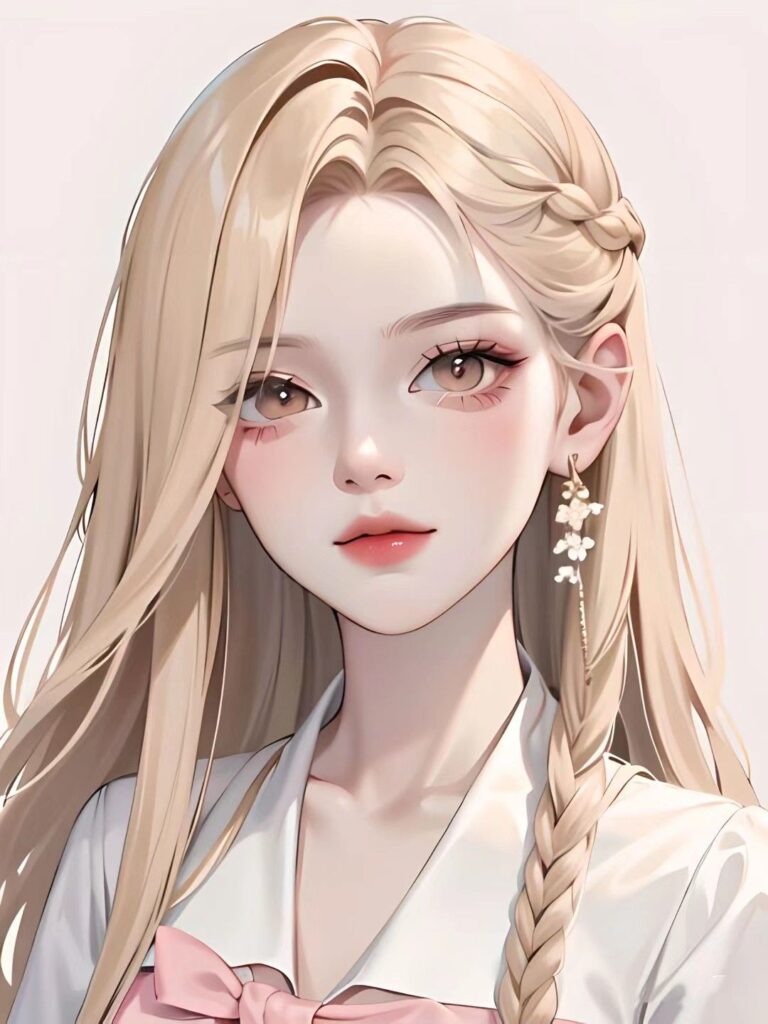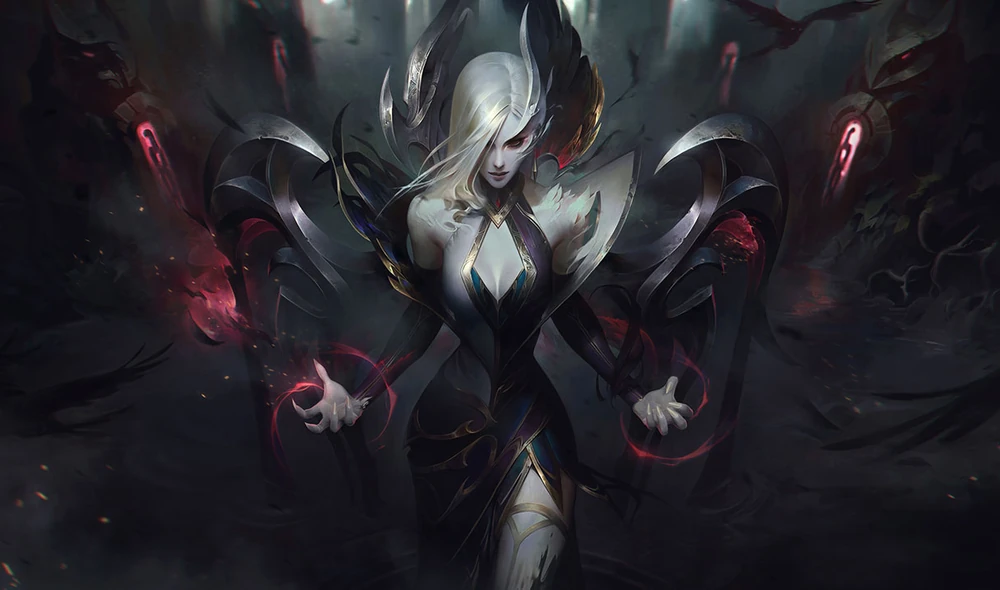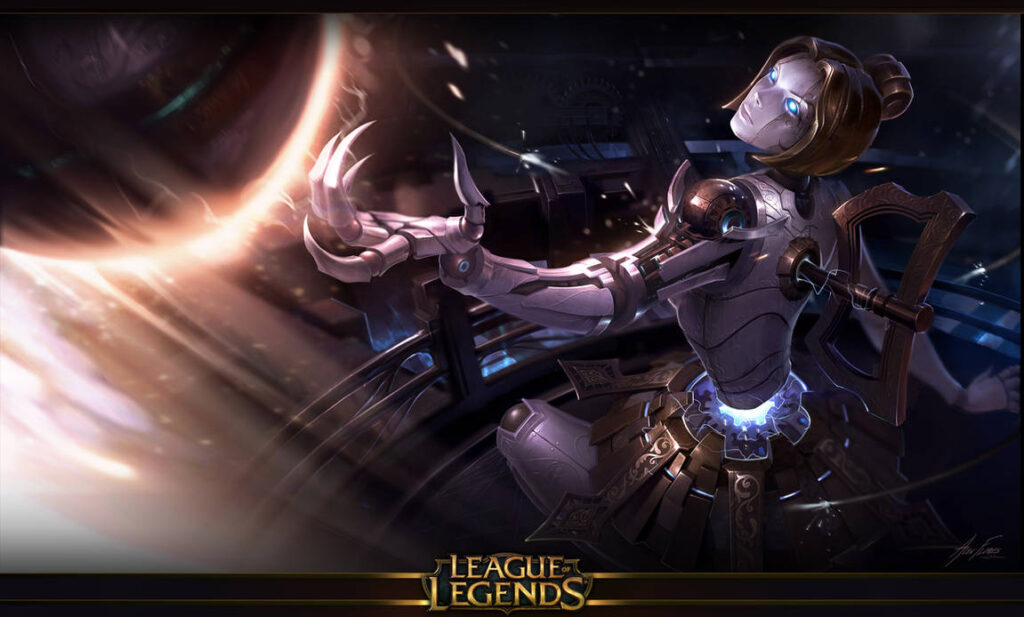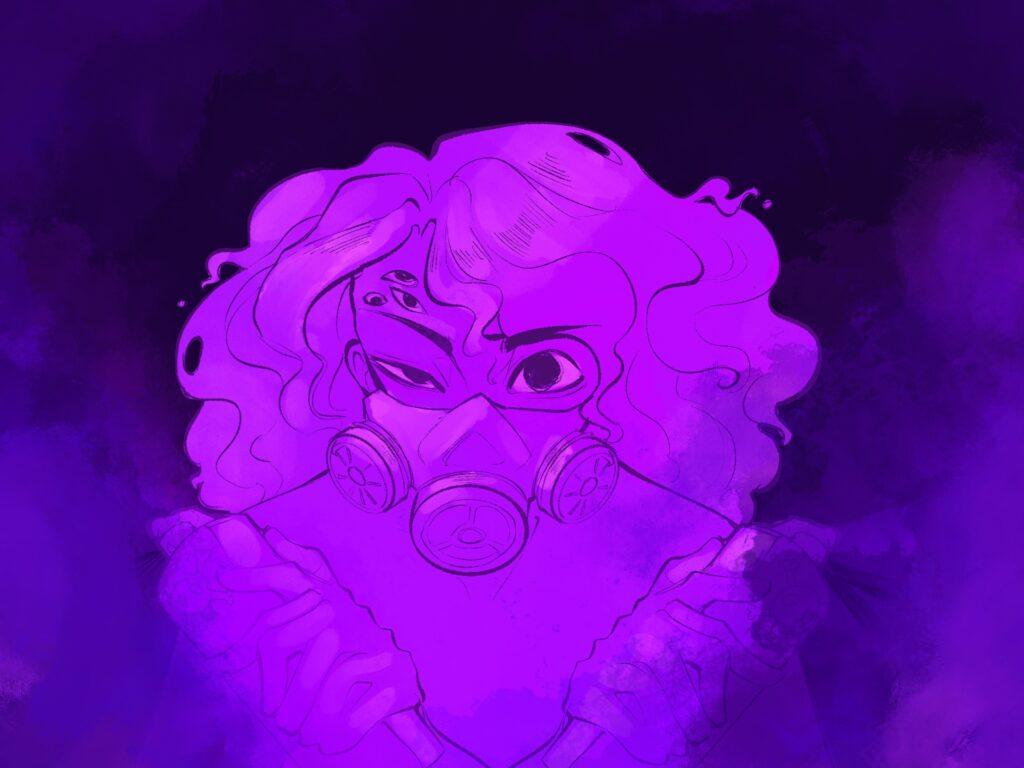It has already been a hot minute since the inception of AI picture-generating sites like Midjourney and DALL-Es, and AI “artworks” have started looking more and more like cohesive images instead of hallucinations out of a bad acid trip. Consequently, most artists have been consumed by a wave of concern regarding art industrialization.
The existential questions facing us include: Will artists be taken over by robots? Will corporations use free AI art over human artists, who they have to actually pay and give benefits to? Will hypercapitalism finally be the death of human art?
Then there’s the inherent problem of art theft. AI “art” models are trained using databases filled with art whose creators have not consented to having their work used. The AI algorithm then replicates an artists’ style or artwork by rearranging pixels and shapes together to create approximations of what would most likely go where.
AI art steals from others rather than taking inspiration to create something unique like traditional artists. It desecrates both the medium it’s trying to piggyback off of and the artists that allow that medium to exist, while only serving corporations who want to use it to get free art they can use as advertisement or as part of the creative process, instead of paying actual artists for their talent.
Luckily, programs such as Glaze and Nightshade are the start to artists fighting back against non-consensual usage of art in AI training data, and helping to restore the integrity of art again.
For example, if you tell an AI image-generating model to show you an anime-ish blonde girl, it’ll probably end up looking something like this.

Courtesy of OpenAI.
(Which is the type of ‘art’ you see all over Pinterest now too, which is pretty annoying).
Which is your standard, conventionally attractive ambiguously-Asian girl. But can it REALLY compare in artistic flair, in soul and craftsmanship and dedication, to an actual drawing of a anime-ish blonde girl like…

Courtesy of Alex Flores.
(This is splash art of Coven Morgana from LOL if anyone’s curious).
…This?

Courtesy of Alex Flores.
(Also splash art of Orianna from LOL).
…Or this?
They both not only show the actual interesting personalities of the characters, but are composed, colored and rendered with such precision to convey the most of what these characters are. Can a machine REALLY compare to that, in visual interest, in its soulfulness?
Rather than referencing another artwork with the sole purpose to learn and expand their skills (like beginner artists tend to do), AI programs rip apart authentic human artwork and sew them back together into a soulless, Frankenstein-esque amalgamation (usually with weird pseudo-pin up proportions that are too disturbing to be visually appealing).
Now, actual human artists with over a decade of learning under their belt are expected to compete in the market filled with mass-manufactured robotic art. The sole reason for art is to inspire emotion and understanding between artist and viewer, to leave an imprint of the artist’s soul on the world, to loudly announce, “I’m here! I existed! I lived, and loved, and lost!” The commodification of these integral human experiences is a downright insult not only to the medium of art as a whole, but to the humanity it stemmed from.
Glaze, created by Ben Zhao and his team at the University of Chicago, uses algorithms to subtly change pixel arrangements on submitted artworks to confuse an AI “art” model trying to scan it.
Nightshade, also created by the same team, takes this a step further. Pixels in the artwork are tweaked to make the AI model think the image is something different from what it actually is, while the drawing remains unchanged to the human eye.
When artworks poisoned with Nightshade or Glaze make their way to these AI models, it causes them to start malfunctioning and spitting out images different from the input. If enough poisoned images are fed to the model, the AI model basically becomes a useless brick of code.
Human artists have been trying to take down AI “art” systems from the legal side as well: Illustrators Sarah Anderson, Kelly Mckernan and Karla Oritz filed a copyright infringement lawsuit against the companies behind Midjourney, Stable Diffusion and DreamUp on Jan. 13. However, technological aids such as Glaze and Nightshade will be a great support to the pushback as well. Perhaps this is one of the cases where it really is best to fight fire with fire — and tech with tech.
It is incredibly exciting for artists and nonartists alike that the blow-up of hate for AI art online is finally being translated into tangible change — it really shows the power of what a collective acting with a singular purpose can accomplish.
It’s definitely a hopeful start for artists and other creatives afraid of what this hyper-innovation without soul or merit will do to their job prospects, how it might integrate their own art into its bulbous, abhorrent collective and make them a contributor to its system.
So if you’re an artist and you’re posting your work online, protect yourself, protect your artwork! Spread the word about Glaze and Nightshade, and together we can make the internet a safe space for artists again.


























